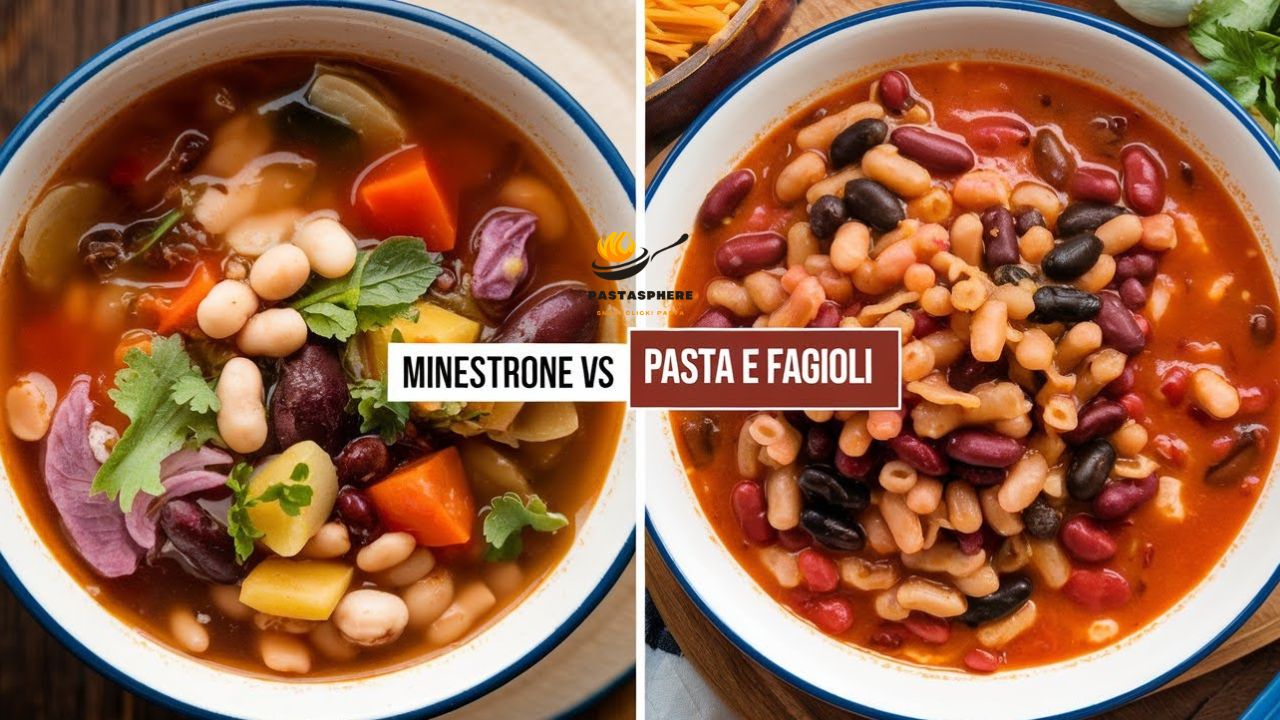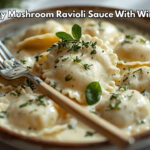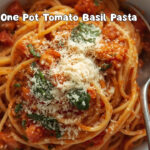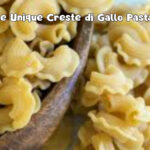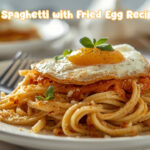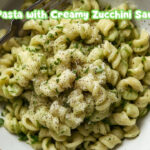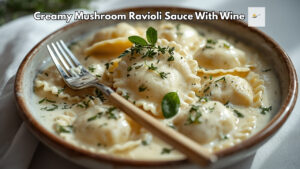Table of Contents
ToggleMinestrone vs Pasta e Fagioli: Two tradtional Italian hearty-thick Soups- comforting dishes. Minestone is an easy to make soup that’s typically vegetarian, but can sometimes include hot Italian sausage, or ground turkey, while pasta e fagioli soup, really only has pasta and beans with onion, usually rosemary, and sometimes tomato-but no other veg. As a food enthusiast, I will guide you through all variations and differences between minestrone soup vs pasta fagioli.
Whether you’re preparing to cook for a family gathering or just curious, this guide will help you understand the key similarities and differences between each type of traditional Italian soup.
Minestrone Vs Pasta e Fagioli: Differences & Similarities
These two soups share common elements, yet they are distinct in many ways, ranging from their ingredients to how they are served. In this article, we’ll explore differences between minestrone soup vs pasta fagioli. Grab your spoon because we’re about to dive into the world of Italian soups!
What is Minestrone?
Minestrone is a thick soup made mainly with various vegetables and beans, adapting to whatever ingredients are available seasonally. Known as the “big soup” in Italian, its roots trace back to ancient Roman times, where it was a flexible dish crafted with what was on hand.
The soup’s vibrant flavor comes from using herbs and adding pesto, giving it a fresh taste. While some versions include rice or pasta, it’s usually prepared without meat, sticking to its vegetable-based origins, making each version unique. The beauty of this soup lies in its flexibility; traditionally, it consists of a rich pasta vegetables such as:
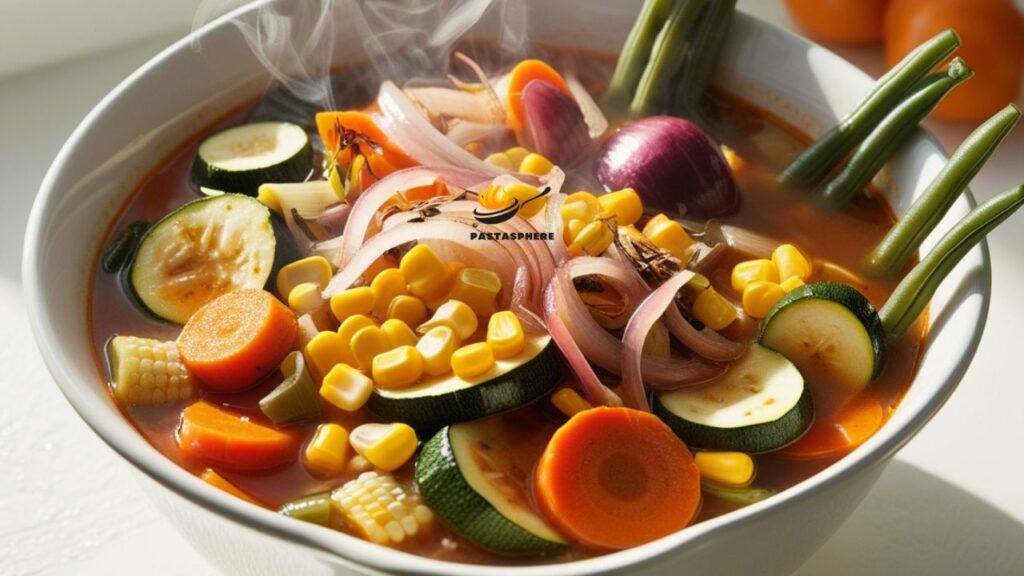
- Carrots
- Celery
- Onions
- Zucchini
- Tomatoes
- Green beans
In addition to vegetables, Minestrone often includes legumes like great northern beans or borlotti beans, which lend a creamy texture to the broth. The broth base is typically made with vegetable stock or chicken broth infused with Italian herbs such as basil, oregano, and parsley.
Some variations include meat such as pancetta or Italian sausage, though it is often prepared vegetarian. In specific regional variants, you may even find versions that omit tomatoes, focusing instead on the sweetness of seasonal vegetables.
Key Features of Minestrone:
- Vegetable-centric: The soup is packed with various fresh vegetables, making it an ideal choice for those looking for a nutrient-dense meal.
- Flexible: It adapts to the seasonality of vegetables, making it a versatile option for any time of the year. With no set recipe, cooks often use what they have on hand.
- Protein-rich: Beans, particularly cannellini or borlotti, form the backbone of the soup’s hearty texture.
I know reading about these delicious dishes might be making your mouth water! But don’t worry, I’ve got you covered. Here’s a YouTube recipe video for you to try out. So, let’s get cooking and enjoy!
What is Pasta e Fagioli?
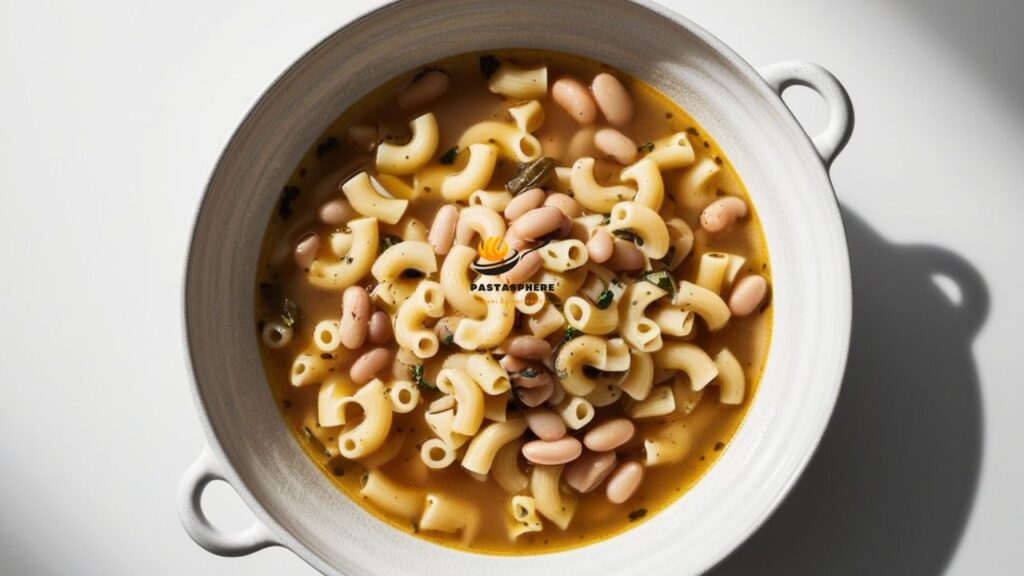
Pasta e Fagioli, often called “pasta fasul or pasta fazool,” translates to “pasta and beans.” This dish has a more fixed recipe than Minestrone. Its main ingredients are small pasta shapes and beans in a brothy soup. It can be vegetarian or made with meat-based stock. This dish is known for its thicker, stew-like consistency.
- Humble Origins: This dish started as a simple meal for Italy’s rural communities, showcasing how good food can be made from essential ingredients.
- Main Ingredients: It’s typically made with small pasta, often ditalini, and hearty cannellini or great northern beans. The simplicity at its best comes from the few supporting players like tomato sauce, garlic, and onion to enhance the flavor.
- Optional Additions: For a meatier version, you can add ham, ground sausage, or ground beef, but it’s delicious even without meat. Known as a “peasant dish,” Pasta e Fagioli is about enjoying starchy pasta and creamy beans in a light broth that warms the soul.
Key Features of Pasta e Fagioli:
- Simple yet Satisfying: With just two primary ingredients, this recipe offers a hearty and filling meal with minimal complexity.
- Rich in Protein and Carbohydrates: Beans and pasta provide a well-balanced, protein-rich dish.
- Meat Optional: The soup can be made with or without meat, making it flexible for vegetarians and non-vegetarians alike.
To satisfy your cravings, I’m sharing a YouTube recipe video for you to check out.
Below, I’ve explained minestrone soup vs pasta fagioli, but just in case you need more details, here’s an additional resource you can visit.
Difference Between Pasta Fagioli And Minestrone
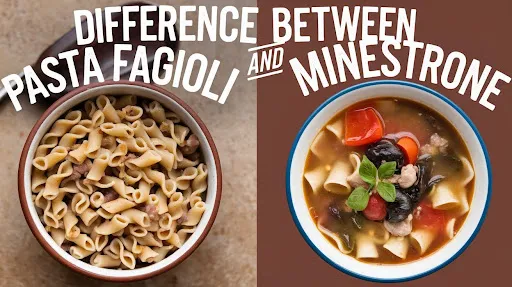
Now that you’ve explored the details of Minestrone Vs Pasta e Fagioli. So, dive into their key differences. I’ve noticed some key differences between these two hearty soups, and it’s pretty interesting. Let’s dive in!
Vegetable Variety
- The first thing that stands out is the variety of vegetables used. Minestrone is like a garden in a bowl, packed with different veggies, giving it a rich flavor.
- In contrast, Pasta e Fagioli keeps it simple with beans, pasta, and aromatics like onions and garlic. I love how each soup has its unique origins!
Soup Base and Broth
- Next up is the broth. Minestrone usually has a thick, delicious tomato-based broth enriched with vegetable or chicken stock. It feels hearty and comforting!
- On the other hand, Pasta e Fagioli has a lighter broth, focusing on the starchiness from pasta and beans. It’s perfect when you want something cozy but not too heavy!
Texture and Consistency
- Regarding texture, Minestrone is thick and stew-like with big chunks of vegetables.
- You feel the heartiness in every spoonful! Pasta e Fagioli, however, is smoother and creamier as the beans and pasta break down. I find it so comforting when I’m in the mood for something warm and soothing.
Historical Context and Cultural Importance
- The history of these soups is fascinating! Minestrone showcases the abundance of Italian agriculture, representing different regions’ produce. It’s like a celebration in a bowl!
- Meanwhile, Pasta e Fagioli comes from simpler times when delicious meals were made out of humble ingredients. I love the stories behind my favorite foods!
Nutritional Profile
- Finally, let’s talk about nutrition. Minestrone is loaded with vitamins and minerals from all those veggies. It’s a nutrient powerhouse!
- On the flip side, Pasta e-Fagioli packs in more carbohydrates and protein due to its pasta and beans. Perfect for a hearty energy boost after a long day!
So there you have it! Both Pasta e Fagioli and Minestrone are amazing in their own ways, catering to different cravings. I can’t wait to whip up a batch of one of these soups soon! What about you? Do you have a favorite in the minestrone soup vs pasta fagioli debate?
Similarities: Minestrone Vs Pasta e Fagioli
Now that we’ve explored the differences between minestrone soup vs pasta fagioli let’s focus on their similarities! While they each have unique flavors, they share quite a bit. Let’s explore what they have in common!
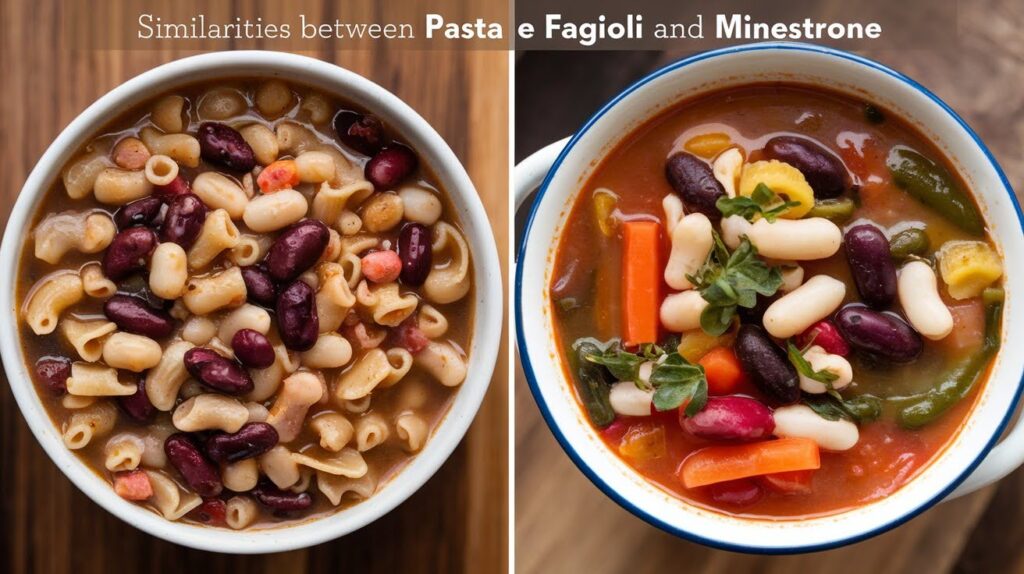
- Beans and Pasta
One major similarity is the use of beans and pasta. Both soups have delicious beans like borlotti or cannellini and short pasta like ditalini or small shells. This gives them a comforting heart that makes them perfect for cold days.
- Italian Origins
Pasta e Fagioli and Minestrone are quintessential Italian comfort foods. They have roots in Italian peasant traditions and are considered classic one-pot meals. I enjoy the feeling of tradition when I make either soup—it’s like a warm hug from Italy!
- Adaptability
Another great thing about these soups is their adaptability. You can easily adjust the recipes to fit your dietary needs. Whether you want them with meat, without meat, or using different beans and pasta, you can personalize them. It’s fun to experiment in the kitchen! For example, you can try replacing the beans with chickpeas or even using a food mill to achieve a different texture.
- Flavor Boosters
Lastly, both soups use flavor boosters like Parmesan rinds, garlic, and onions. These ingredients simmered in the broth enhance the taste and make the soups extra savory.
The Role of Pasta in Both Dishes: Minestrone vs Pasta e Fagioli
Though pasta appears in both dishes, it’s used differently:
- In Minestrone, pasta is an optional addition, often consisting of mixed shapes or short pasta shells. It is a secondary element that can be omitted without compromising the soup’s essence.
- In Pasta e Fagioli, pasta is an actual requirement. It’s a foundational ingredient, making up the bulk of the dish, paired harmoniously with beans.
Flavor Profiles: How Do They Taste?
Taste is where these two really diverge:
- Minestrone: Bright, fresh, and herbaceous, this soup is light but flavorful. It elevates the flavors with herbs like basil and sometimes a finishing touch of pesto.
- Pasta e Fagioli is richer and more savory. It will have a deep, robust taste if it includes pancetta or a meat-based broth. Even without meat, the stewed beans are heartier in terms of flavor profile.
Which One is Healthier: Minestrone vs Pasta e Fagioli
Both dishes can be very nutritious, depending on preparation:
- Minestrone is typically low-calorie and packed with vitamins from its array of vegetables. It’s a go-to for anyone looking to eat light.
- While still healthy, pasta e fagioli can be higher in calories due to the beans and pasta, making it more substantial. This is an excellent option when you need a filling meal after a long day.
Conclusion: Which Soup Should You Choose?
Ultimately, the choice between Minestrone vs Pasta e Fagioli comes down to what you’re in the mood for. Minestrone is the way to go if you’re looking for a vegetable-packed soup that celebrates seasonal produce. However, if you crave something warm, hearty, and filling, you can’t go wrong with Pasta e Fagioli. Both dishes are delicious examples of Italian cuisine that offer comfort and warmth, making them perfect for any dinner table. Why not try making both? You’ll have two delightful soups to enjoy!
FAQs About Minestrone Vs Pasta e Fagioli
1. How is Minestrone traditionally cooked?
Minestrone is traditionally cooked using a slow-simmering method, allowing the flavors from diced vegetables and herbs to meld. This technique highlights the seasonal ingredients typical of modern Italian cuisine.
2. Can Pasta e Fagioli be served as a dry soup?
While Pasta e Fagioli is commonly made as a soupy dish, it can be adjusted to be less liquid by reducing the broth. This results in a thicker, almost dry texture, which some prefer.
3. How does the preparation of these dishes vary regionally?
The preparation of both soups derives from local traditions and available ingredients, leading to variations in vegetables, beans, and pasta types. For instance, some regions may emphasize certain legumes or seasonal vegetables.
4. What are the common ingredients in Pasta e Fagioli?
Pasta e Fagioli typically features beans, small pasta, and aromatic vegetables. The recipe may change based on the cook’s preferences and the dish being prepared.
5. How has popular culture influenced these traditional soups?
In popular culture, Minestrone and Pasta e Fagioli have been adapted in various ways, including fusion recipes and gourmet interpretations, moving beyond their traditional cooking roots while retaining their classic essence.

